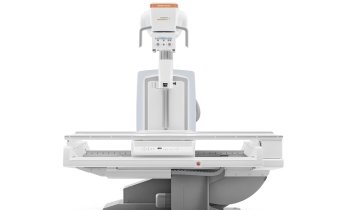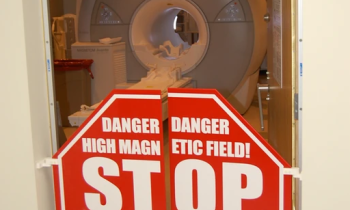Logistics - GSI standards in Europe
Clear transparency of the flow of products and information in hospitals not only results in increased patient safety but also, because the documentation of treatments and recording of products used ensures compliance with legal requirements. The ability to retrace all steps is also an economic asset in terms of comprehensive cost control over product consumption.
Thus the so-called GS1 standards are increasingly important across Europe. In Turkey, for instance, the marking of drugs and medical products is already a legal requirement, in France the law will come into force as 2011 begins.
How will these standards affect hospitals? The wards, for example, can be identified through their global location number GLN, and this is used to order products based on the global trade item number GTIN. The tracing of internal deliveries is carried out via the global identity number for reusable transport packaging goods (GRAI, global returnable asset identifier), which identifies the material and also facilitates transparency with washing, disinfection and control.
Retracing of the delivery is possible by linking the GRAI with the content of deliveries (marked with the SSCC, Serial Shipping Container Code). Patients and the services they receive are identified through a clear, service-related number (GSRN, global service relation number). This is scanned in and registered in a database during the treatment, medication and transfer of a patient during the hospital stay.
Products and services are identified through their GTIN and lot/ batch number, recorded in the patient file and clearly assigned, to ensure complete safety and transparency of all the treatment.
This information can also be used for cost calculations and therefore cost control and cost reduction.
The heart centre in Bad Krozingen, Germany, for example, was able to increase the quality and speed of its documentation with the help of the GS1 standards, and to make the flow of goods and data much smoother. In terms of time and staff resources, the result was a saving of 100 hours per 1,000 patients.
The Hochtaunus-Klinik and the Kreiskrankenhaus Dormagen were able to cut costs by up to 80% via electronic data exchange. In other hospitals, EAN barcodes supplied by manufacturers resulted in time savings of up to 86% during patient-related usage data collection.
Medical technology manufacturers also participate in the development of these global standards; their commitment to the development of unified, international standards is as much an important contribution in the creation of an optimised, added value as the participation of hospitals and buying syndicates.
27.10.2010









